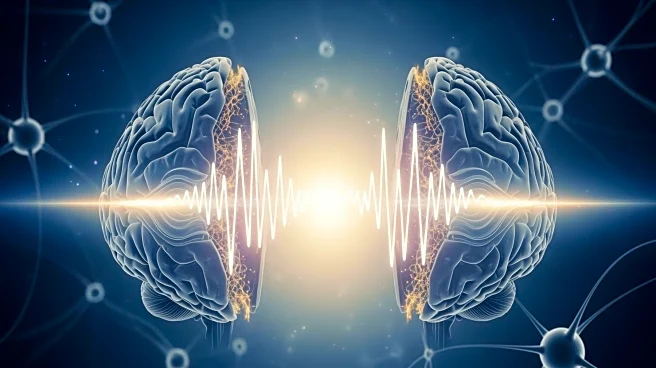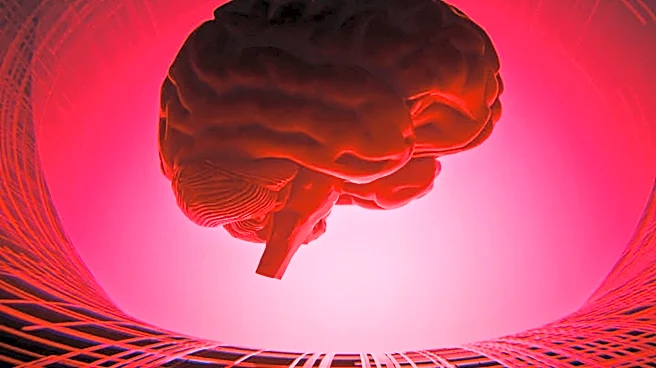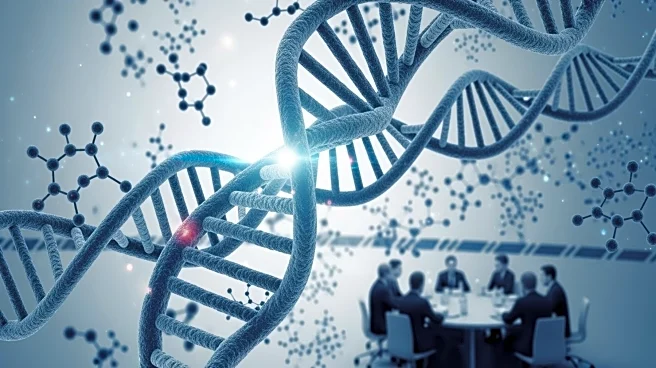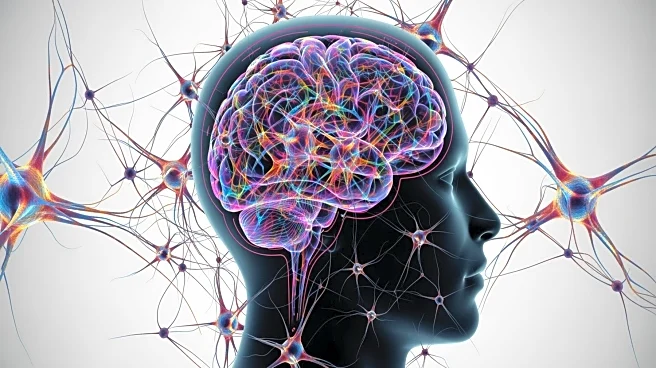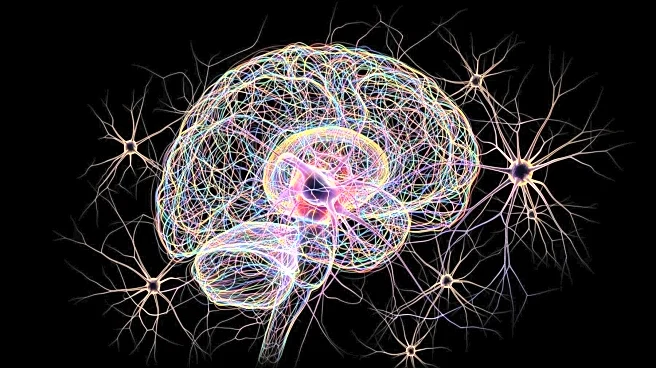What's Happening?
A recent study published in PLOS Biology has uncovered that sleep-like slow-wave brain activity can persist for years in surgically disconnected brain hemispheres of awake epilepsy patients. Researchers,
led by Marcello Massimini from Universita degli Studi di Milano, utilized EEG recordings to observe that the isolated cortex exhibits patterns similar to deep sleep, anesthesia, or vegetative states, suggesting absent or reduced awareness. This discovery raises fundamental questions about whether such neural tissue can maintain any functional or conscious activity. The study involved 10 pediatric patients who underwent hemispherotomy, a surgical procedure aimed at treating severe epilepsy by disconnecting diseased neural tissue from the rest of the brain. The findings indicate that the disconnected cortex, despite being isolated from sensory and motor pathways, shows persistent slow-wave patterns, which resemble brain activity seen in deep sleep or anesthesia.
Why It's Important?
The study's findings have significant implications for understanding brain dynamics post-hemispherotomy and challenge existing notions of consciousness. The persistence of sleep-like patterns in disconnected hemispheres suggests that these regions may not support awareness, prompting a reevaluation of what brain activity signifies in terms of consciousness. This research could influence future neurosurgical approaches and patient care strategies, particularly in treating epilepsy. It also reignites philosophical debates about the nature of consciousness and whether isolated brain tissue can sustain subjective awareness. The study provides a unique insight into the long-term electrophysiological effects of cortical disconnections, potentially impacting how clinicians assess and manage post-surgical outcomes in epilepsy patients.
What's Next?
Further research is needed to explore the functional role of these persistent slow waves and whether they merely reflect a regression to a default mode of cortical activity. The study suggests that intracranial recordings could provide more detailed insights, especially in cases requiring postoperative invasive monitoring. Researchers may also investigate the broader implications of these findings for consciousness science, potentially leading to new collaborations between neuroscientists and philosophers. The study opens avenues for exploring how sleep-like brain activity emerges in patients with brain lesions and its relation to their level of awareness.
Beyond the Headlines
The study highlights the complexity of defining consciousness in disconnected brain systems, emphasizing the need for caution when inferring awareness based solely on physical brain properties. It also underscores the resilience of cortical dynamics and the philosophical challenges in understanding consciousness. The research may lead to ethical discussions about the treatment and care of patients with severe brain conditions, considering the potential for 'islands of awareness' in isolated neural systems.
